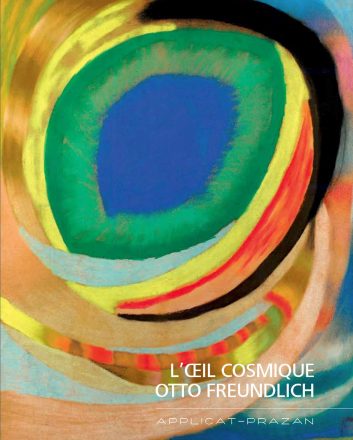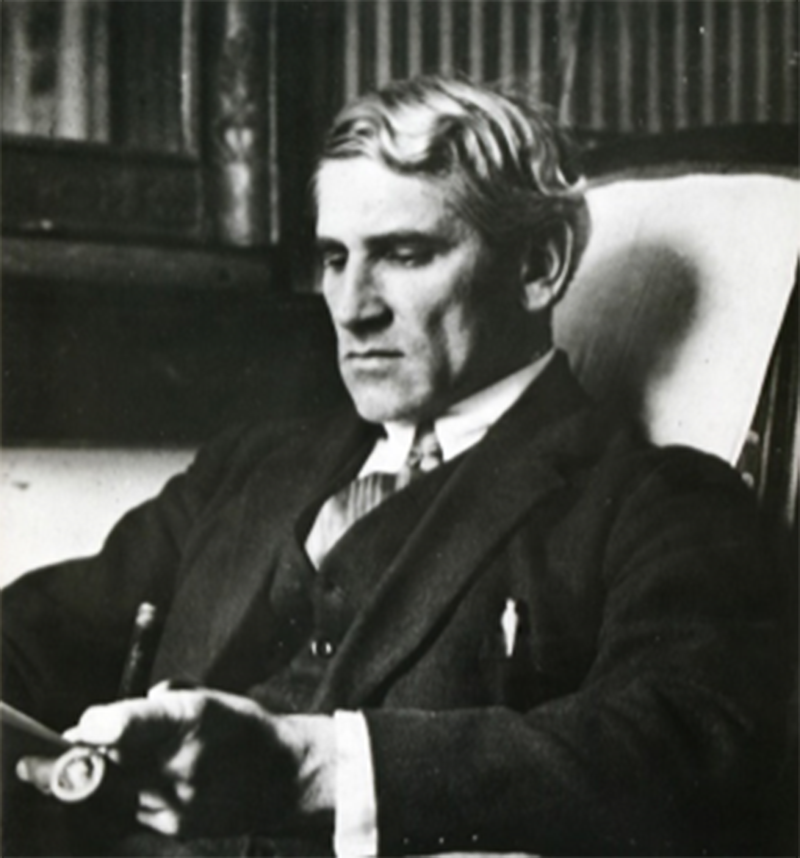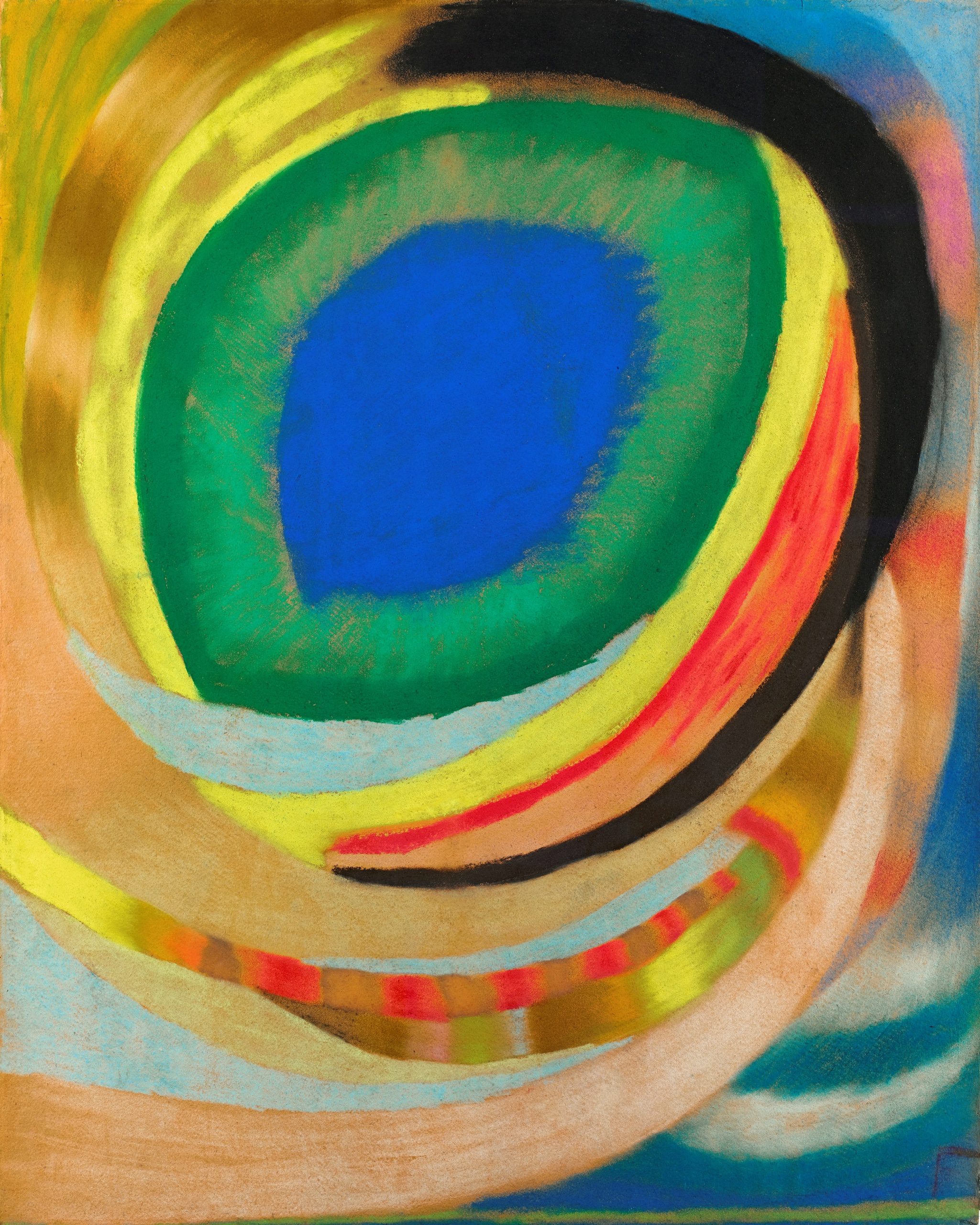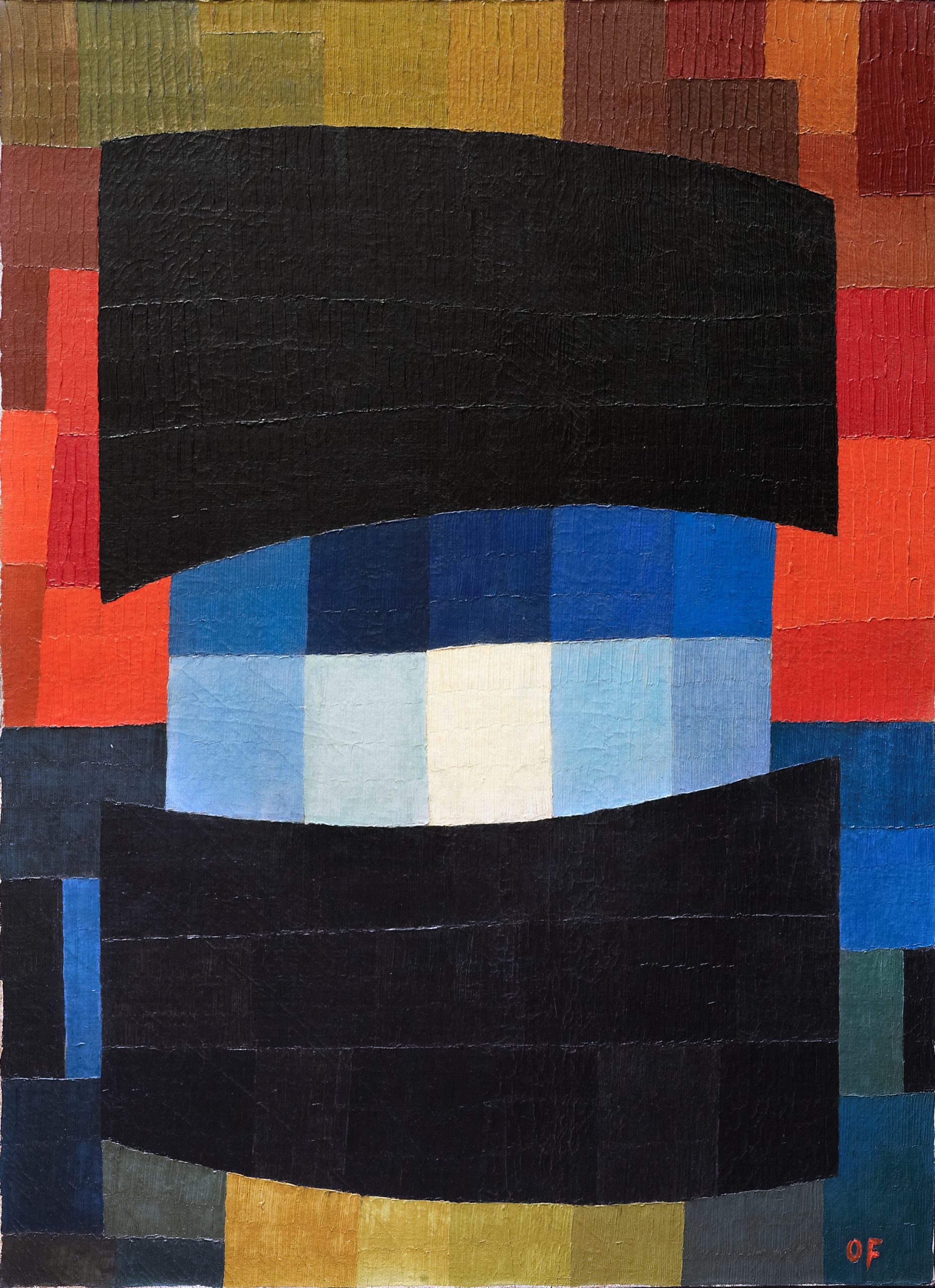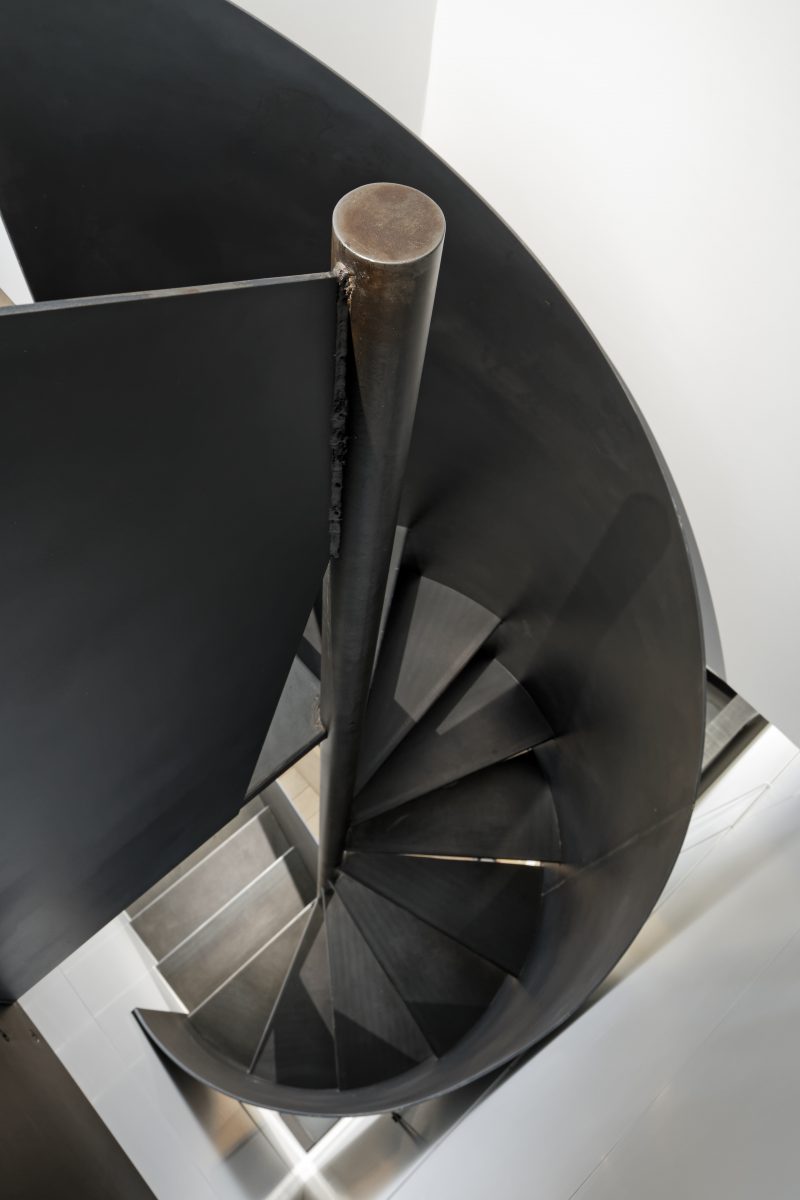In 1937 Freundlich’s sculpture of 1912 L’homme nouveau figured on the cover of the catalogue of the travelling exhibition organised by the Nazis, Entartete Kunst (Degenerate Art), which denounced modern art. The exhibition included many Jewish artists. Fourteen of his works, in the collections of various German museums, were confiscated and destroyed.
When the war broke out, Otto Freundlich, who was of German nationality, was interned by the French authorities. Freed in 1940, mainly due to the intervention of Pablo Picasso, he took refuge at Saint-Paul de Fenouillet in the Pyrénées Orientales. Denounced and arrested on 23 February 1943, he was deported to Lublin in Poland to a concentration camp. He was killed on the day of his arrival, at the age of 65.
”The artist receives the transformations of the world, he senses them in his acts and thoughts, like driving forces, long before they manifest themselves in the outside world. He has the faculty to gradually detach himself, lastingly, from the forms and truths that are generally admitted. He executes the wish of a new reality” (Otto Freundlich).
Joachim Heusinger von Waldegg, Catalogue raisonné des travaux de l’Artiste, Rheinisches Landesmuseum, Bonn, Rheinland-Verlag, Cologne, 1978.
EXHIBITIONS
2017, ” Otto Freundlich. Cosmic Communism “. Ludwig Museum Cologne; Kunstmuseum Basel. Catalogue.
2020-2021, ” Otto Freundlich (1878-1943), la révélation de l’abstraction “. Musée de Montmartre, Paris. Catalogue.
